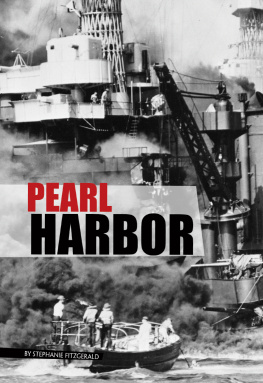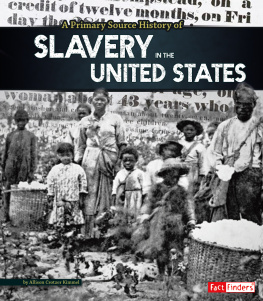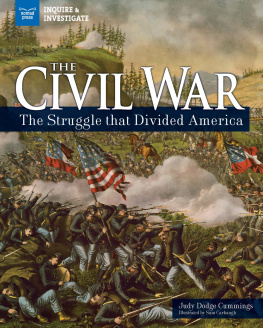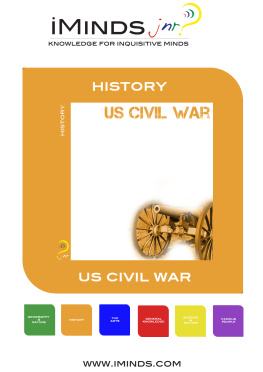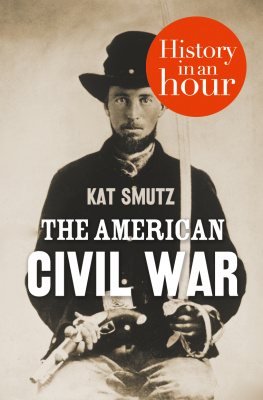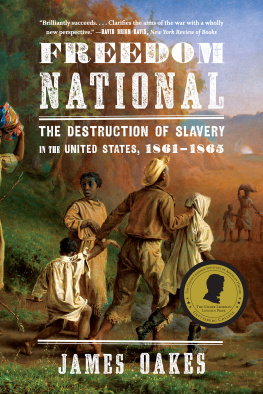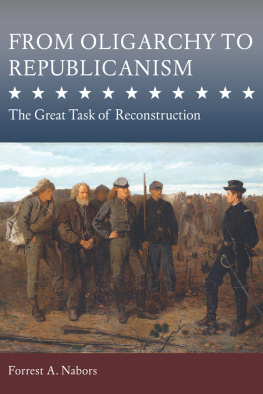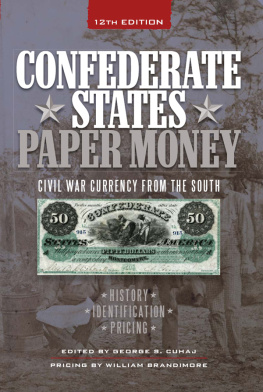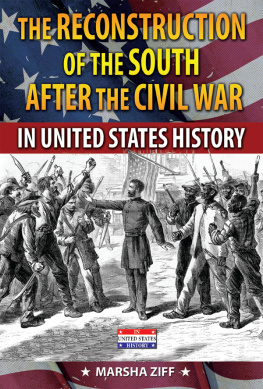Union soldiers charged with bayonets at the Battle of Spotsylvania.
The battle continued until May 18, with neither side a clear-cut winner. The Union suffered about 18,000 casualties, again nearly twice the Confederate losses. The armies continued to skirmish as they moved closer to Richmond.
The enemies clashed again May 31 at the crossroads of Cold Harbor, Virginia. The main fighting took place three days later. Grant lost more than 12,000 men over the course of the battle. About 7,000 fell in one hour.
After the defeat, Grants army stayed at Cold Harbor until June 12. They then crossed the James River, heading for Petersburg, Virginia. When Union troops arrived in Petersburg June 15, there were only about 2,500 Confederates defending the town, although reinforcements soon arrived. Even so, the Unions three attacks failed, mainly because the commanders didnt want another slaughter like the one at Cold Harbor. They settled in for a long, siegelike campaign.
Meanwhile, General Sherman was making his way toward Atlanta. Beginning in May Sherman had chased Southern troops from Chattanooga, Tennessee, south through Georgia. The two armies fought many battles with varying results. But one thing remained constant. They continued moving closer to Atlanta, Shermans ultimate objective.

General Sherman served in Missouri and Mississippi before leading the March to the Sea.
Dissatisfied with General Johnstons continued retreating, President Jefferson Davis replaced Johnston with General John Hood. But Hood couldnt stop Sherman either. After heavy fighting in and around Atlanta, the city finally fell to Shermans forces September 2.
After taking Atlanta, Sherman embarked upon his famous March to the Sea. He led about 60,000 of his troops southeast to Savannah. Shermans troops were later blamed for burning and destroying much of the countryside. While they did burn barns that stored food supplies, deserting soldiers from both sides also contributed to the destruction.
Later in the year Sherman moved north to South Carolina. The U.S. flag flew once again over Fort Sumter on February 22, 1865. Sherman made his way north again, where Grants men still lay entrenched around Petersburg. Meanwhile, another Union army had defeated a Confederate force in the Shenandoah Valley of Virginia.
VICTORY AT RICHMOND
Lee ordered an unsuccessful attack March 25, 1865, on the Union line at Petersburg. A Union offensive broke the Confederate line April 2 and caused the Confederates to retreat from Petersburg and evacuate Richmond. That evening the Confederate government left Richmond under the cover of darkness. The Confederate capital was now under Union control.
President Lincoln visited the city soon afterward. he remarked. It seems to me that I have been dreaming a horrid dream for four years, and now the nightmare is gone.
The nightmare for the soldiers hadnt quite ended, however. Grant chased Lees army as the Confederate general searched for supplies and a way to meet up with General Joseph Johnston, who
APPOMATTOX
The armies met again April 8 in an area between Appomattox Station and Appomattox Court House in Virginia. The Confederates attempted an assault the next morning, but were quickly overcome. The Union army had them surrounded. Lee sent a message requesting a meeting with Grant.

Lee surrendered to Grant at the McLean home in Appomattox Court House.
That afternoon Lee and Grant met at the home of Wilmer McLean in the village of Appomattox Court House. During the 90-minute meeting, the two commanders worked out the terms of surrender. The terms would be used as a model for the surrenders that soon followed throughout the Confederacy. On April 12, 1865, the Army of Northern Virginia finally laid down its arms.
After approximately 620,000 deaths and more than 1 million casualties, the Civil War was finally over. The Union had been preserved. With the ratification of the 13th Amendment to the Constitution in December 1865, slavery had ended. But it would take decades to heal the rift between the North and the South.
GRACIOUS IN VICTORY
Grant offered Lee generous terms outside of the official surrender. He ordered his officers to allow any Confederate soldiers claiming ownership of a horse to keep it. He also had three days rations sent to the hungry soldiers.
Compass Point Books
1710 Roe Crest Drive
North Mankato, Minnesota 56003
www.capstonepub.com
Copyright 2013 by Compass Point Books, a Capstone imprint.
All rights reserved. No part of this publication may be reproduced without written permission of the publisher. The publisher takes no responsibility for any of the materials or methods described in this book, nor for the products thereof.
Library of Congress Cataloging-in-Publication Data
Fitzgerald, Stephanie.
The split history of the Civil War : a perspectives flip book / by Stephanie Fitzgerald.


